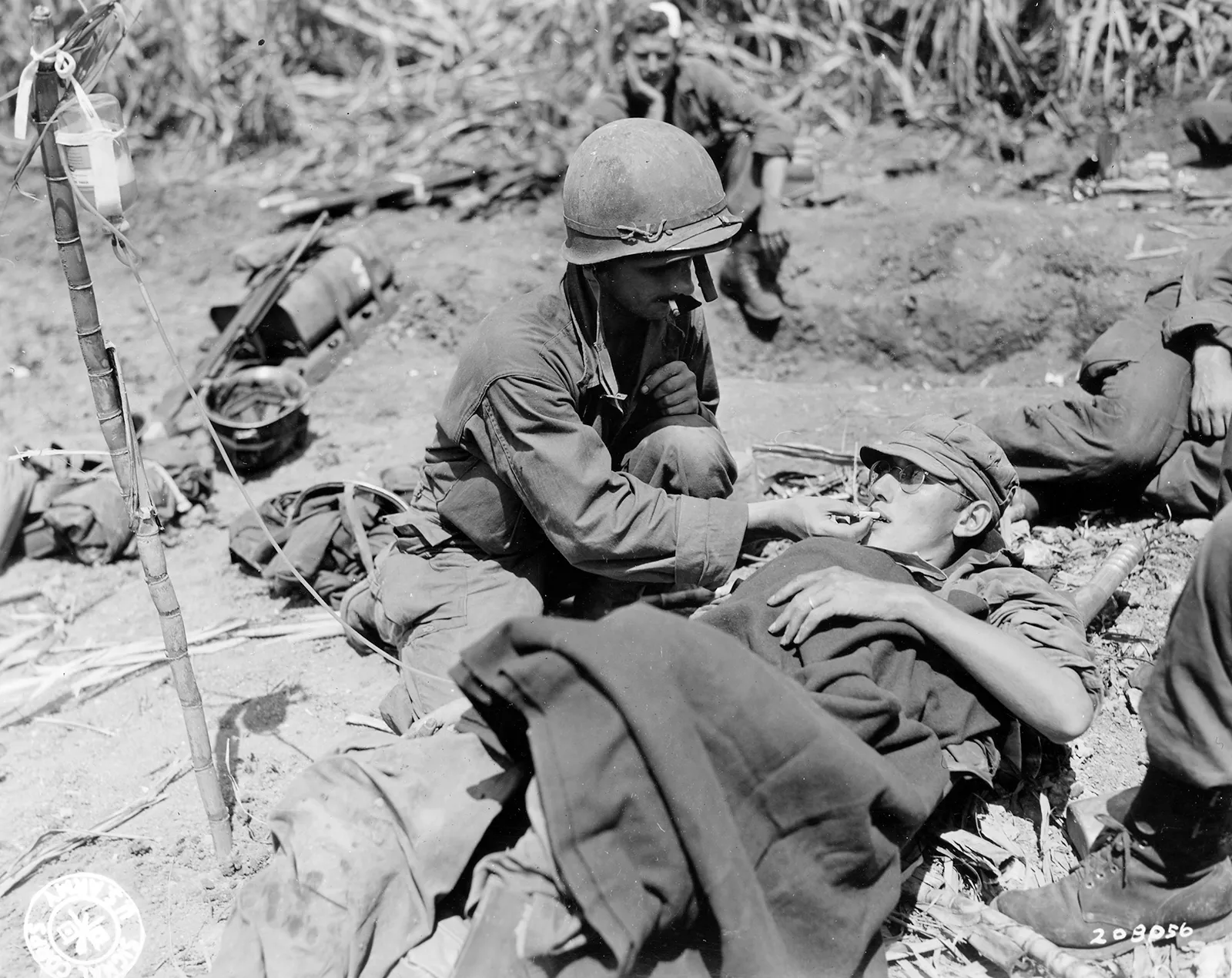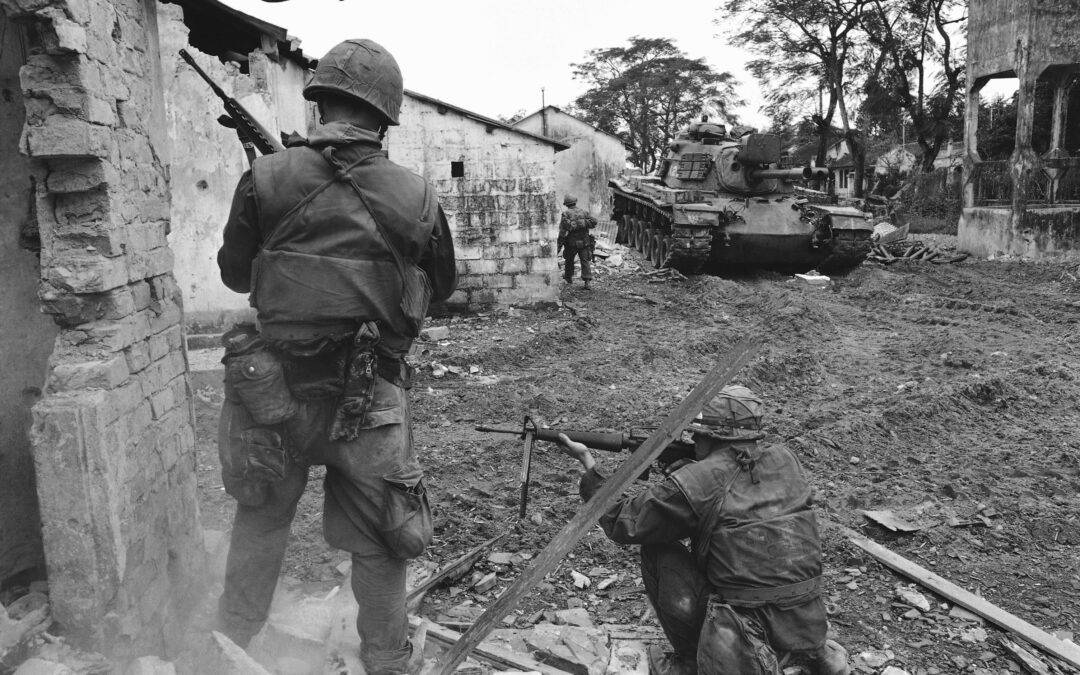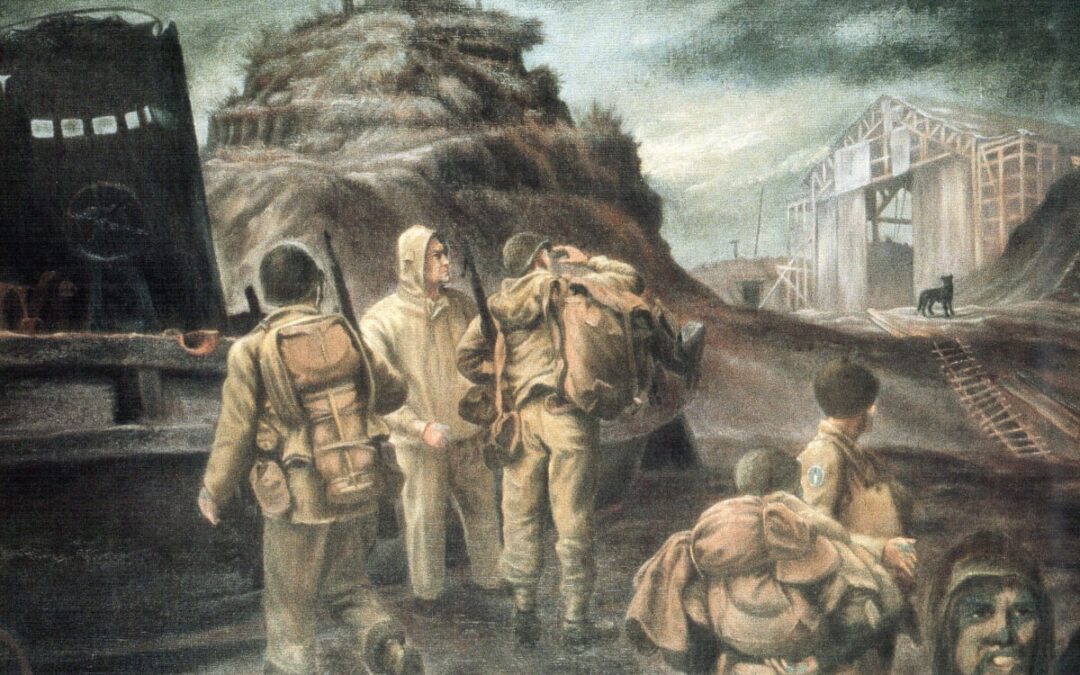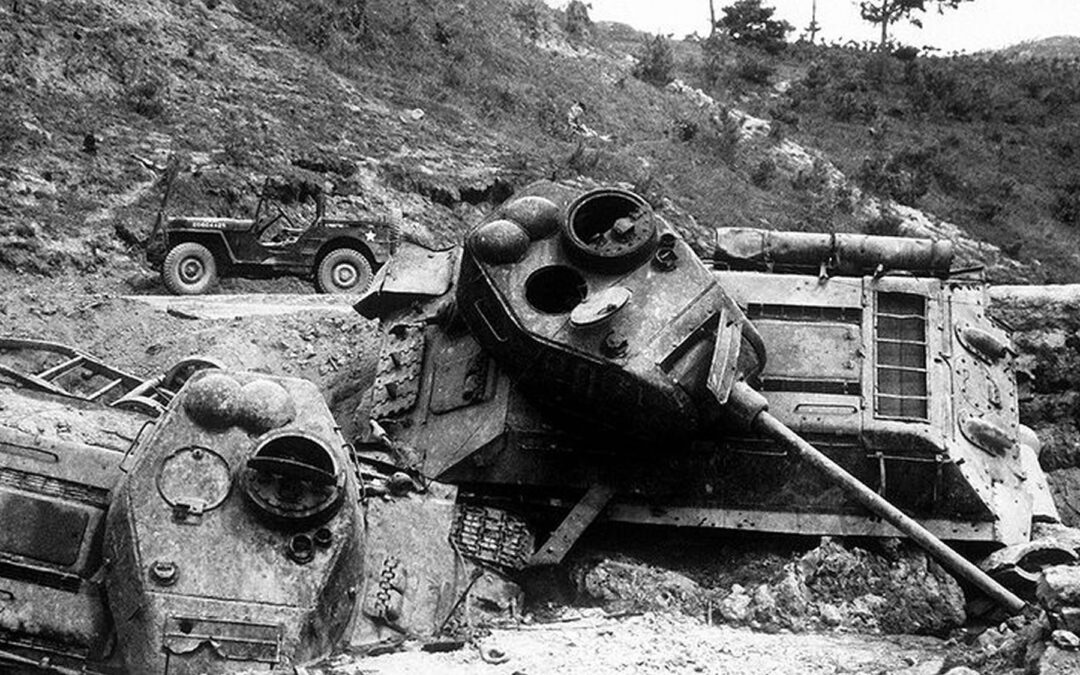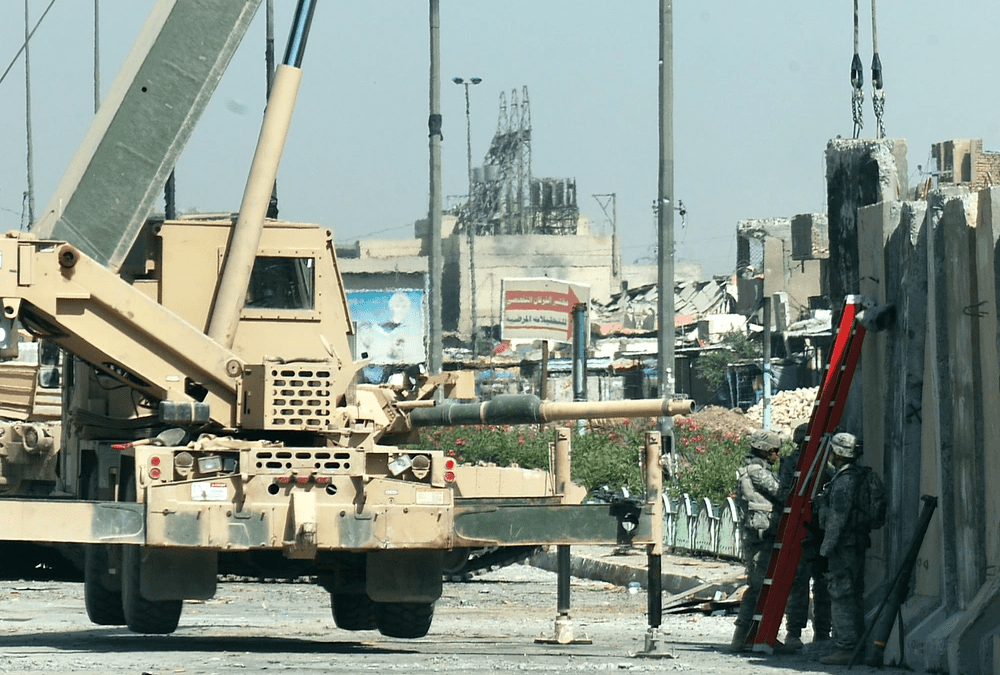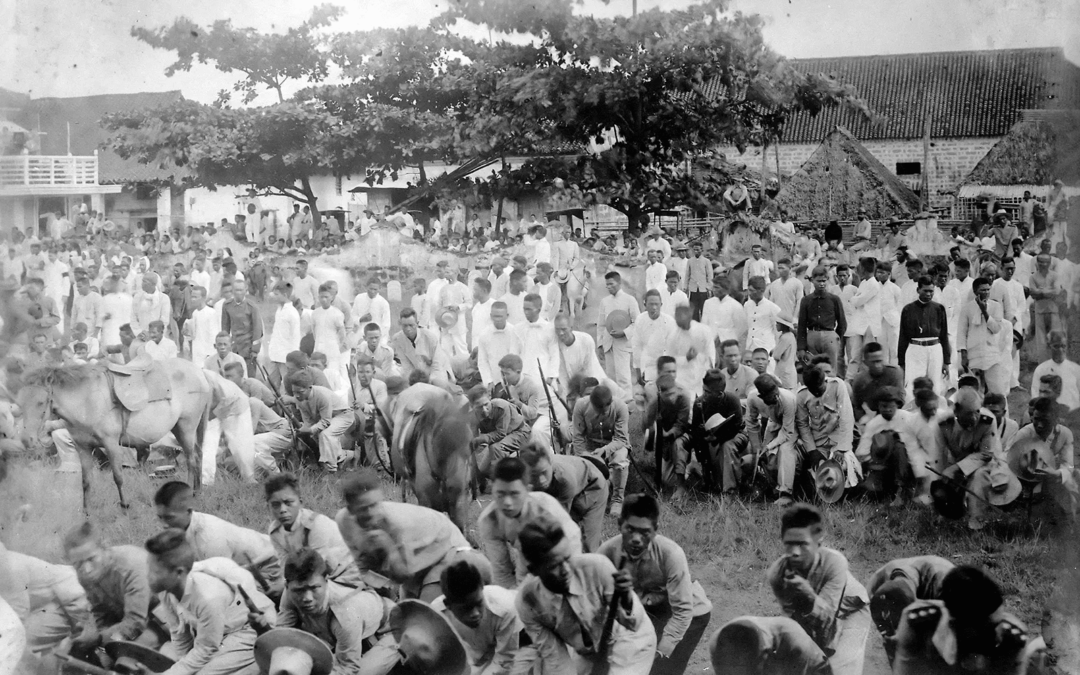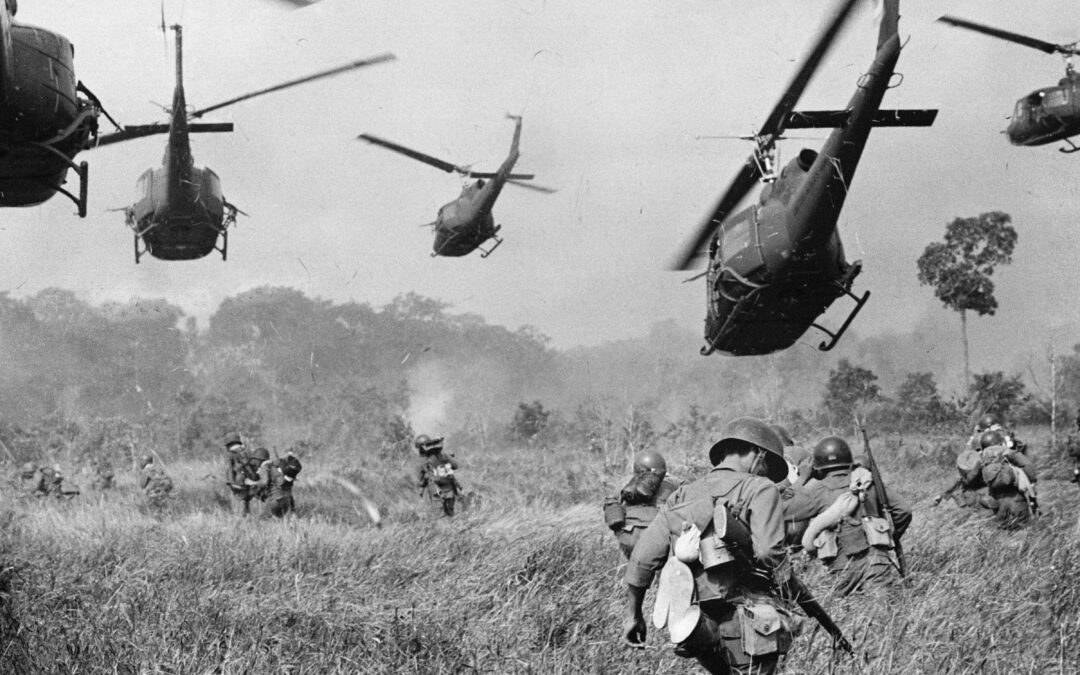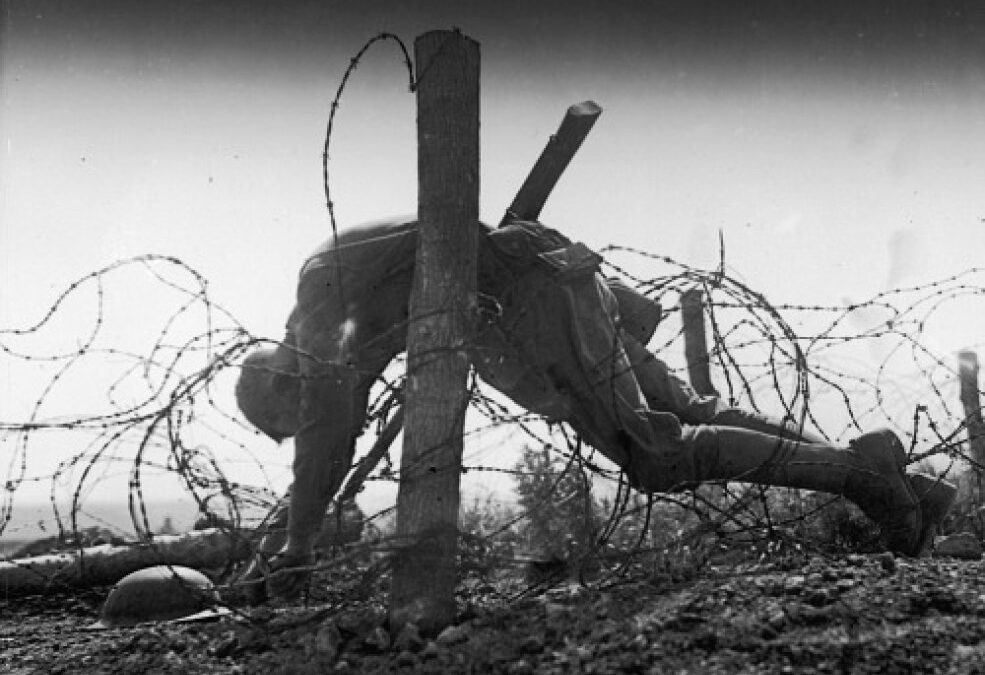"Destroyers" (Battle of Kamdesh)By: A3C Michael S. Bell "…That he which hath no stomach to this fight,Let him depart; his passport shall be made,And crowns for convoy put into his purse;We would not die in that man's companyThat fears his fellowship to die with us.Henry V, Act IV, Scene III The 61st Cavalry Regiment (1941-45, 2004-2024) was part of the United States Army; motto: "Forging Destiny." The 3rd Squadron, 61st Cavalry Regiment existed until mid-2024, this one being last of the 61st’s...

